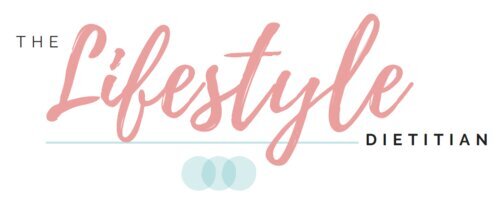THE MEDITERRANEAN DIET - WHAT IS IT?
As Dietitians, we often get asked “what is the best diet?”. Although food and nutrition is never one-size-fits-all, there is one dietary pattern that continues to steal the spotlight - The Mediterranean Diet!
What is The Mediterranean Diet?
The Mediterranean Diet reflects the overall eating pattern traditional to the countries surrounding the Mediterranean Sea. Rather than bowls of pasta, bread, pizza and bottles of red wine, this way of eating is based on a variety of whole foods with very few processed foods.
Foods eaten most often that form the base of all meals:
Vegetables and fruits
Legumes such as lentils, beans, chickpeas
Nuts and seeds
Herbs and spices
Foods eaten moderately:
Seafood, especially oily fish like salmon (at least 2 times a week)
Cheese and yoghurt
Eggs and lean poultry
Foods eaten sparingly:
Red meats, with processed meats completely avoided
Sweets
Alcohol
Take our quiz to see how your own diet stacks up against the gold-standard Mediterranean Diet
This way of eating also goes beyond what foods are enjoyed - there is a big focus on how foods are eaten. Cooking meals at home and eating mindfully with family and friends (not our TVs, phones or laptops) are all an important part of diet.
What does the science say?
The overall combination of foods in the Mediterranean Diet gives it a winning nutritional profile. Being rich in antioxidants and anti-inflammatory nutrients, we have strong scientific proof of the diet’s health benefits for:
Helping and preventing heart disease and type 2 diabetes
Fighting some cancers
Improving depression
Dementia and Alzheimers
Living longer
Improving fertility and leading to healthier babies
… and the list continues to grow!
Feeling convinced that the Mediterranean Diet is for you? Our team are letting you in on their top tips to getting started:
“I always add a tin of brown lentils to my bolognese recipe. It adds extra fibre and saves money by halving the amount of mince I need to buy! The best part is my husband has no idea I have been doing this for years.
Change your environment to nudge you towards foods you want to eat more. I keep a jar of nuts and a bowl of fruit in the centre of the kitchen bench - this helps me to choose smarter snacks across the day.”
~ Michelle Theodosi, Accredited Practising Dietitian and Sports Dietitian
“I like to keep supermarket salad bags, canned legumes and microwave mixed grain cups handy - these require little to no prep and can be added to so many quick meals, including wraps, sandwiches and stews.
With the huge focus on not just what you eat, but where you eat, switch off your TV, put your phone on silent and eat with others! Not only does this add an enjoyable social element, it encourages you to be present with your meals, and tune into your natural hunger/fullness cues.”
~ Sarah Lombardi, Accredited Practising Dietitian
“I aim for three different coloured vegetables to fill half of my plate, lunch box, baking tray or chopping board. This one simple trick helps me to increase the amount and variety of vegetables I get in each day- 6 serves daily is the goal!
Play around with fresh herbs. I like to t them through salads for extra flavour or blend them into dressings or sauces with nuts, canned legumes and a little olive oil. The combinations are endless.”
~ Erika Hung, Accredited Practising Dietitian





